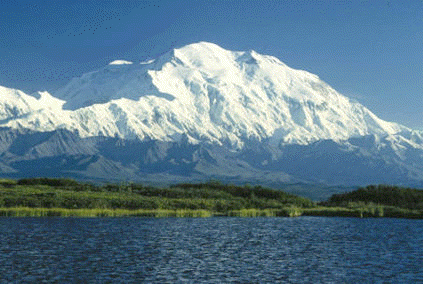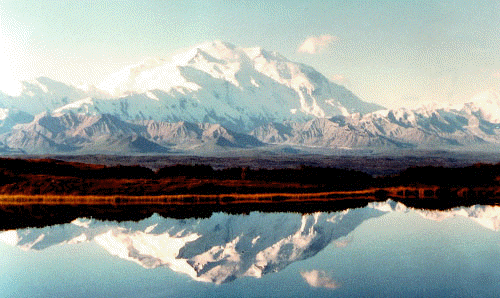Accidental
Explorer
Wayfinding in Alaska
Sherry Simpson
(Sasquatch)

- On a different journey, as he traveled near the Mackenzie Delta in Canada, a group of twenty-five Inupiat Eskimos, young and old, suddenly appeared on snowmachines. They towed a sled with a tiny house carrying two elderly women inside.
Jon Krakauer wrote about him in a sensational best-seller, Into the Wild. In some circles, McCandless was seen as a hero. "His life hummed with meaning and purpose," writes Krakauer. "But the meaning he wrested from existence lay beyond the comfortable path." Alaskans, Simpson tells us, have another take on it. They think "the entire meaning of his death was this: he made some dumb-ass decisions, and he died."
- He didn't honor the power of the land because he didn't have the humility to observe and ask questions and think.
Ms. Simpson herself does not appear to be a dumb-ass, but one tale related here, about her journey alone on the popular Circle-Fairbanks Trail, is classic. She gets lost. She may have to retrace her steps, and "few things are sadder and less interesting than someone who turns back before reaching the top, the pole, the end of the world, or the end of the trail."

This is something wilderness if good for: crying as loudly as you want, letting tears and snot run down your face as you shake and sob.
In the heart of Alaska is what some people call Mount McKinley, "named by a prospector in 1896 for an obscure Ohio senator who championed the gold standard." Simpson doesn't use that name. She uses the name the Athalbascans put on it: Deenaalee, or "The High One." Denali stands at over 6,194 meters.
The first few times I read the name, I read "Denial Mountain." Perhaps that is a worthy miss. People, Ms. Simpson reveals, think that "wayfinding" --- what you and I call backpacking --- is a chance for an epiphany. Others think they will find peace in the wilderness. Or themselves.
But, she writes, you may well find something else. Fear.
"Fear binds me to this landscape," she says,
- fear at what I might find or lose, fear of what might find or lose me out here where everything seems familiar and foreign, all at once.
"Alaska is big enough," she concludes, "to cradle every true fear and hope we can bear."
